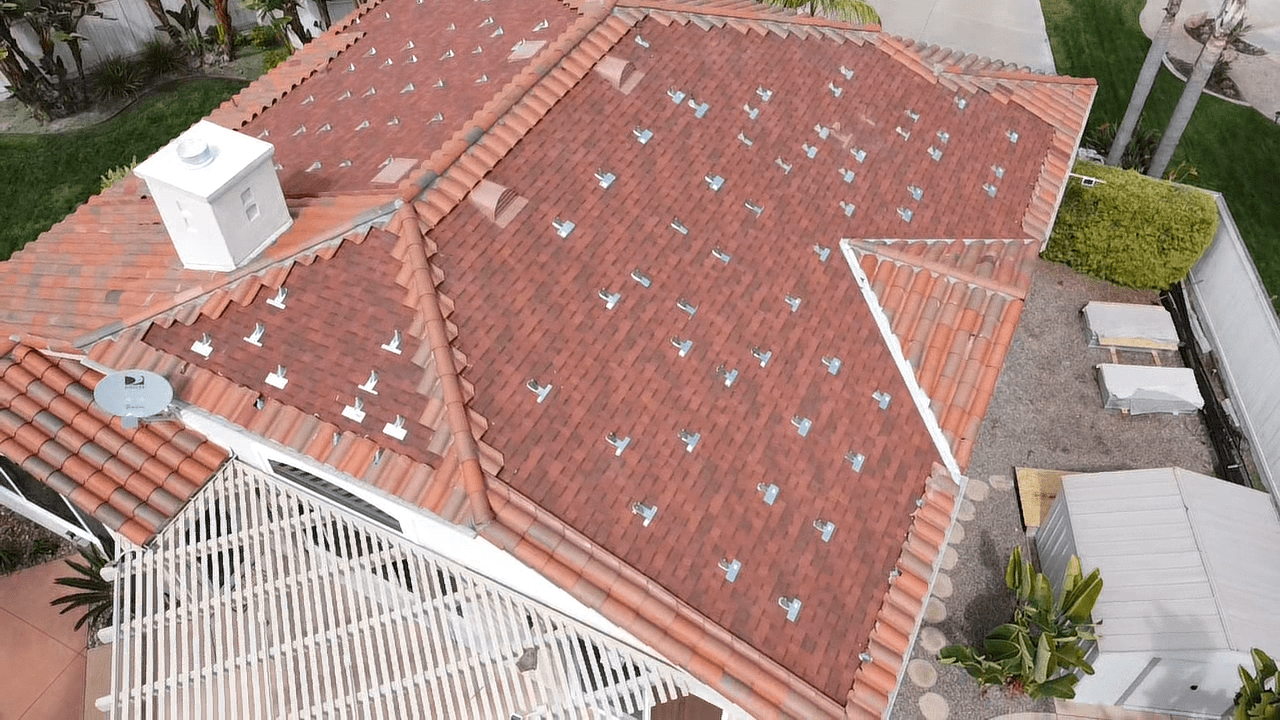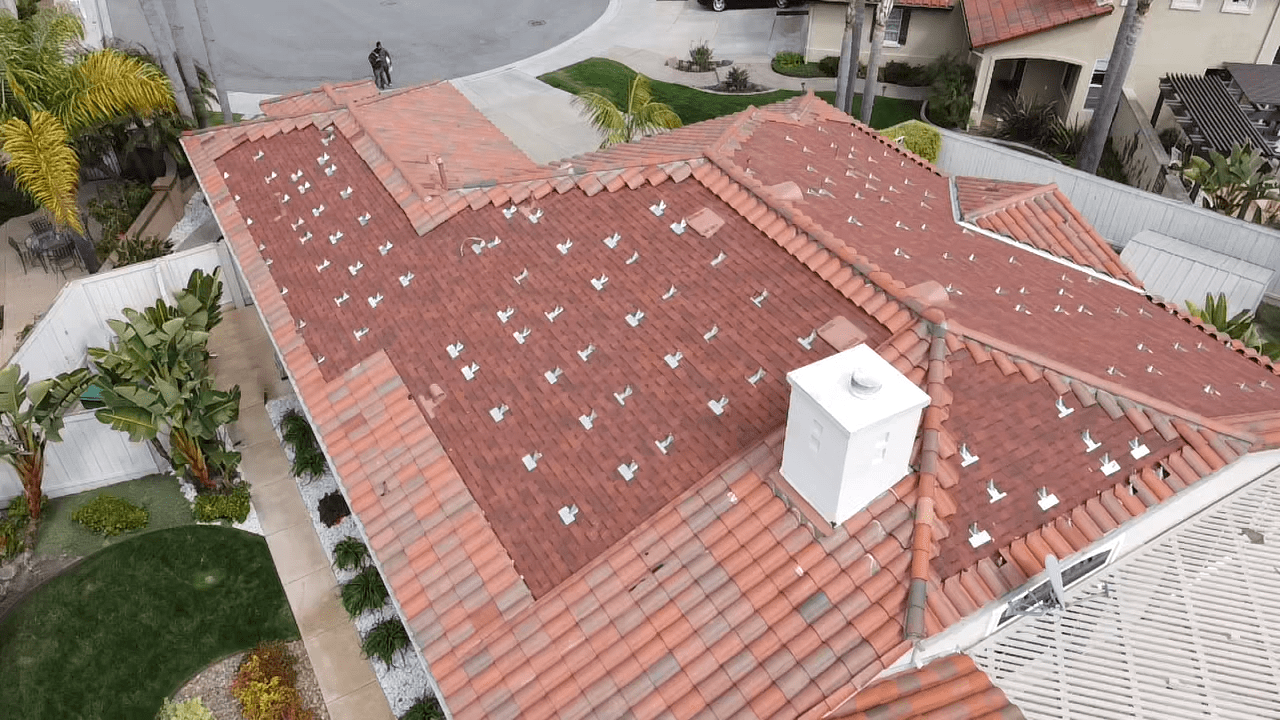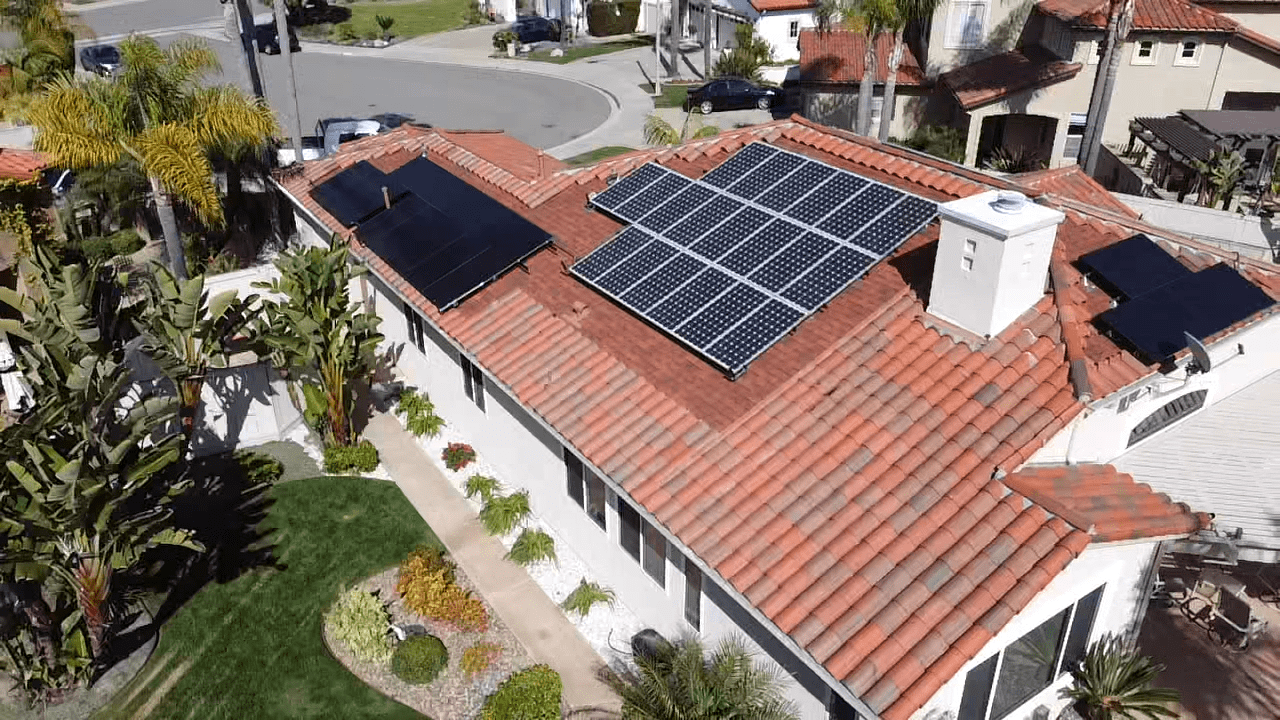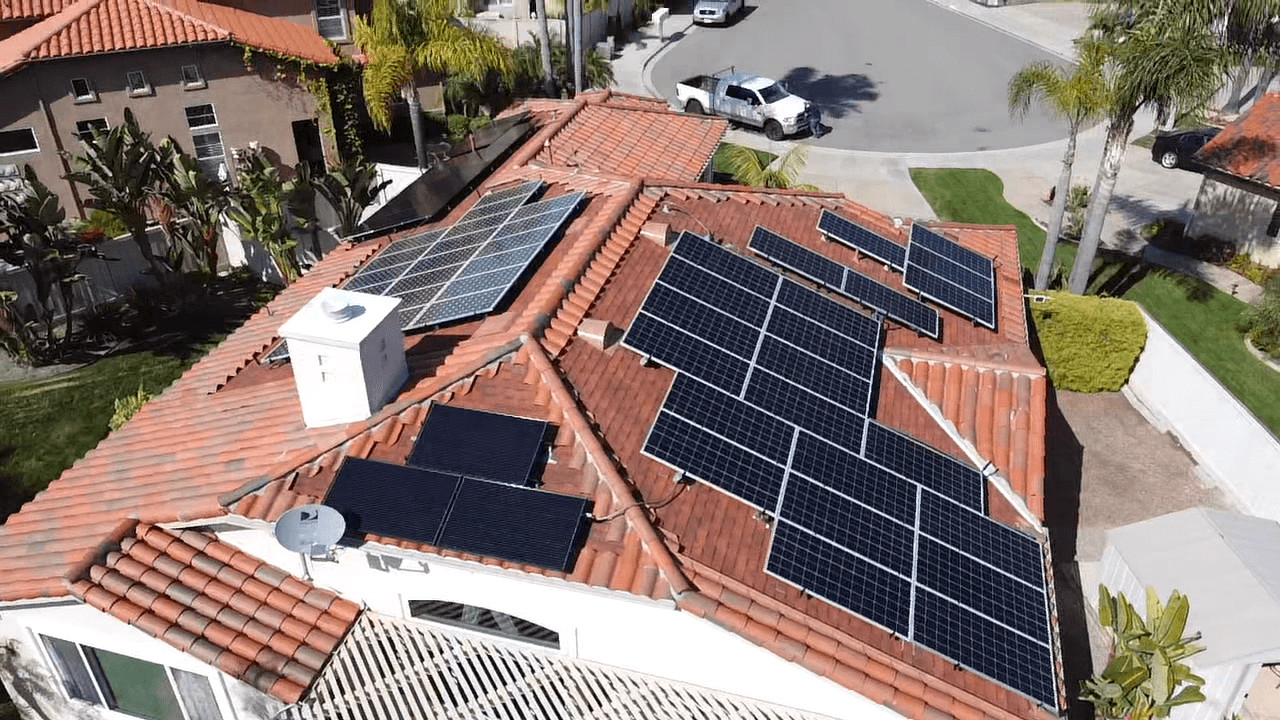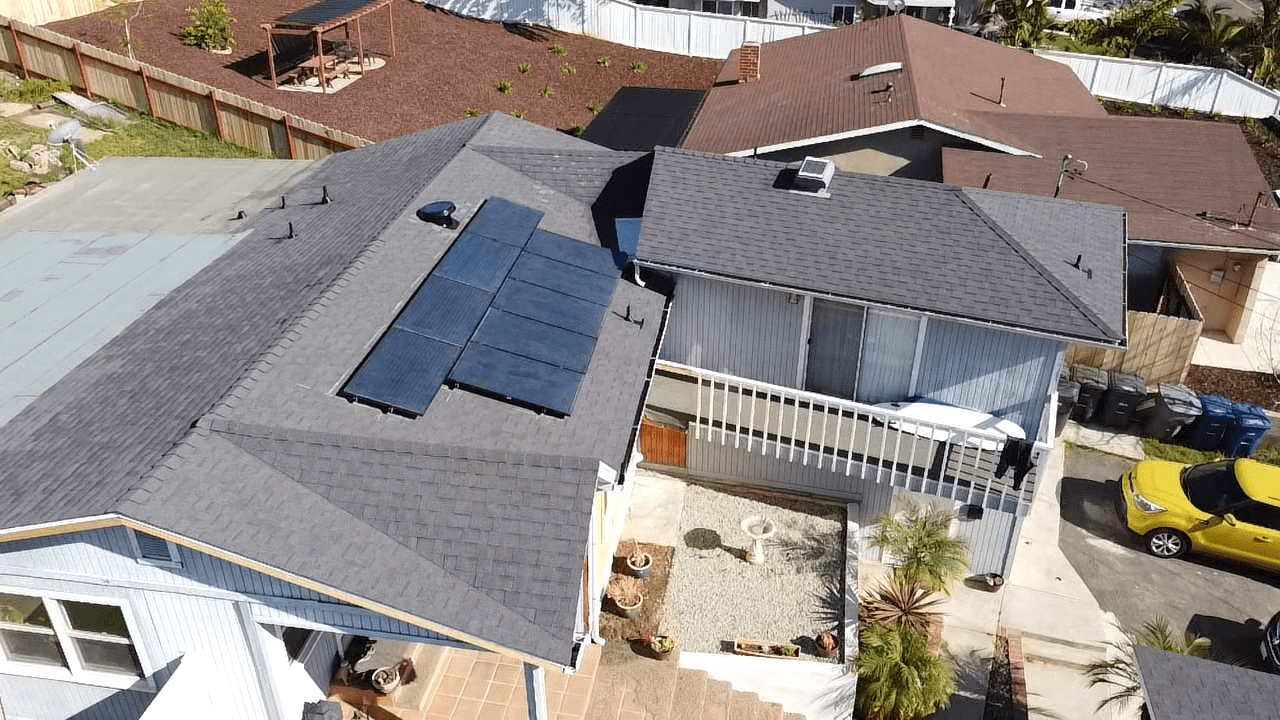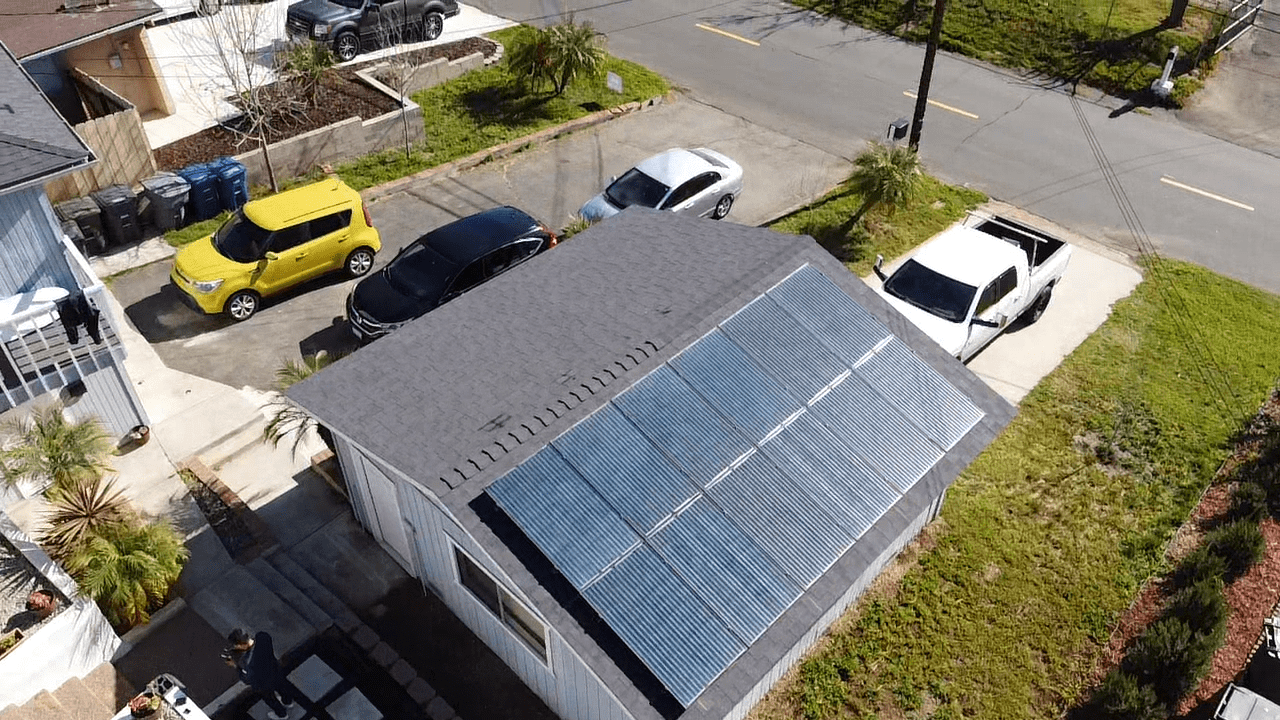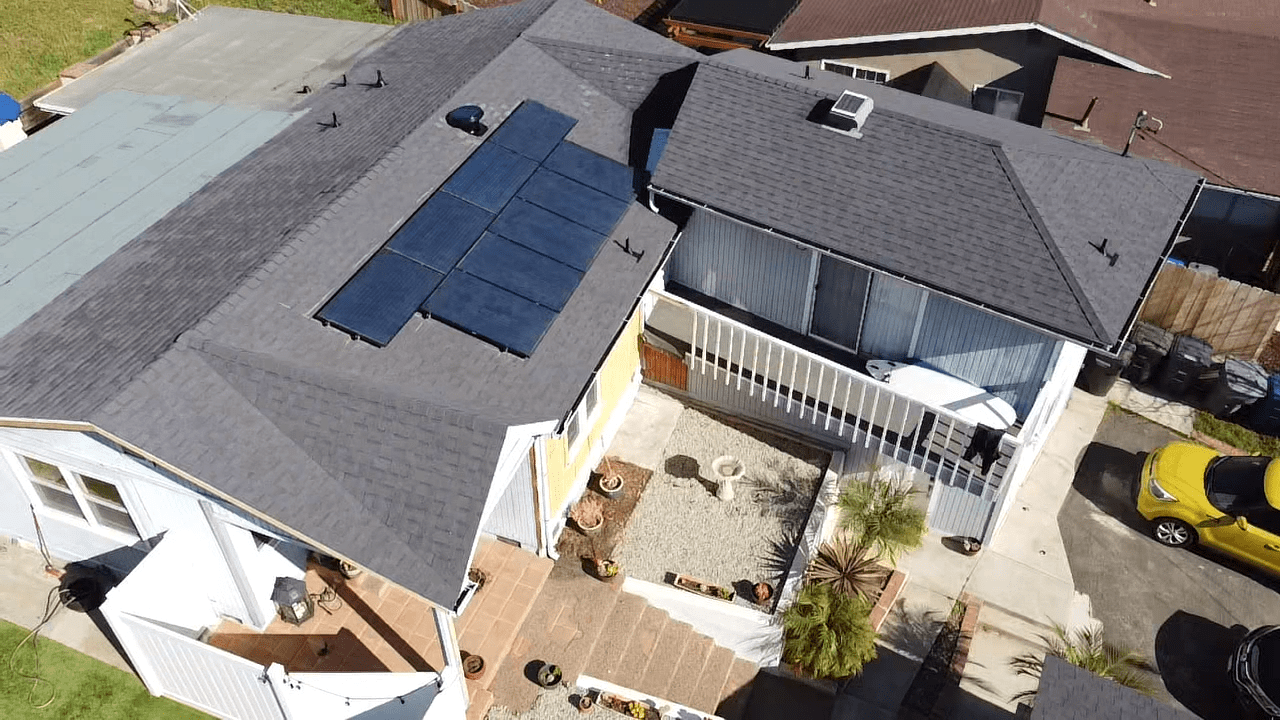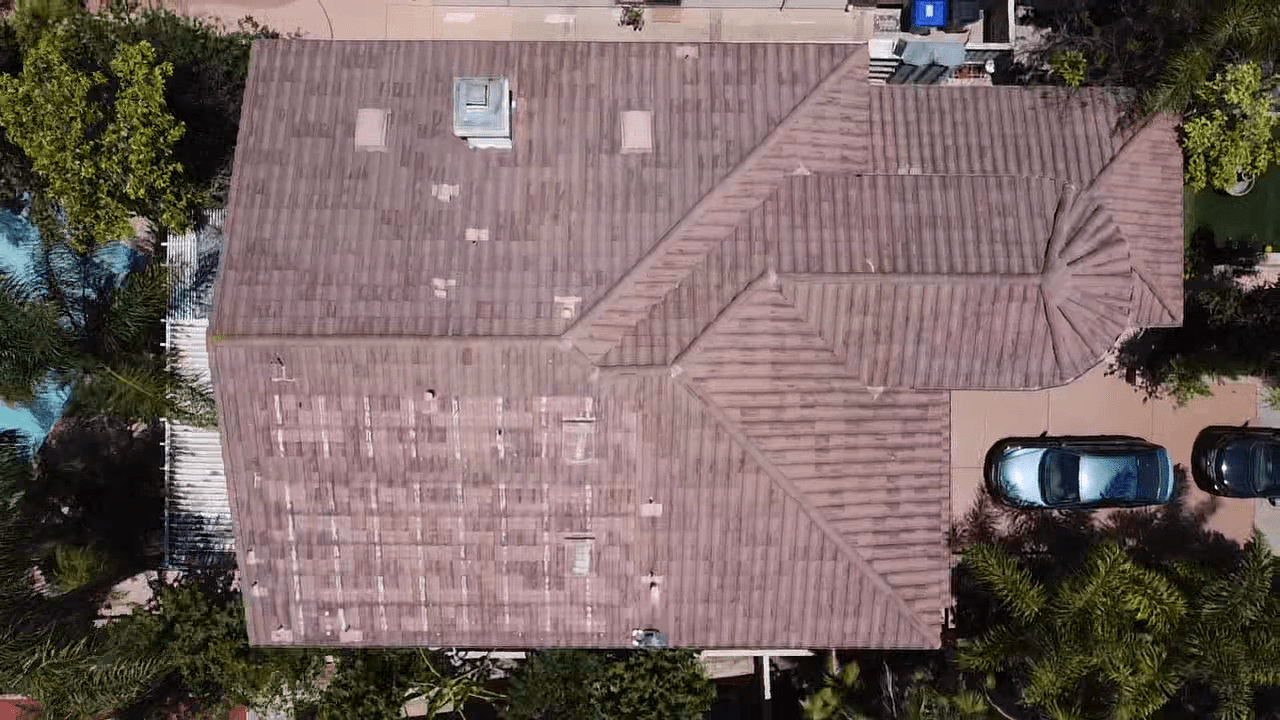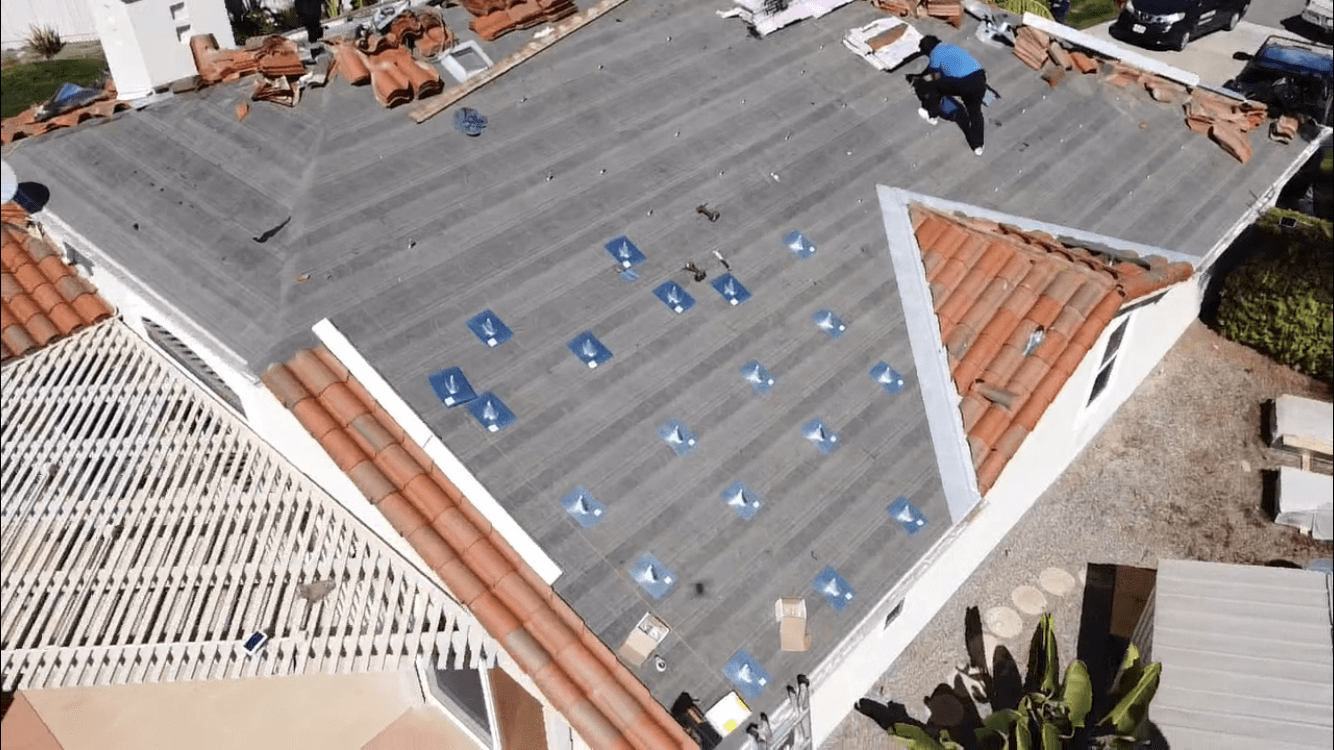Solar Preparation
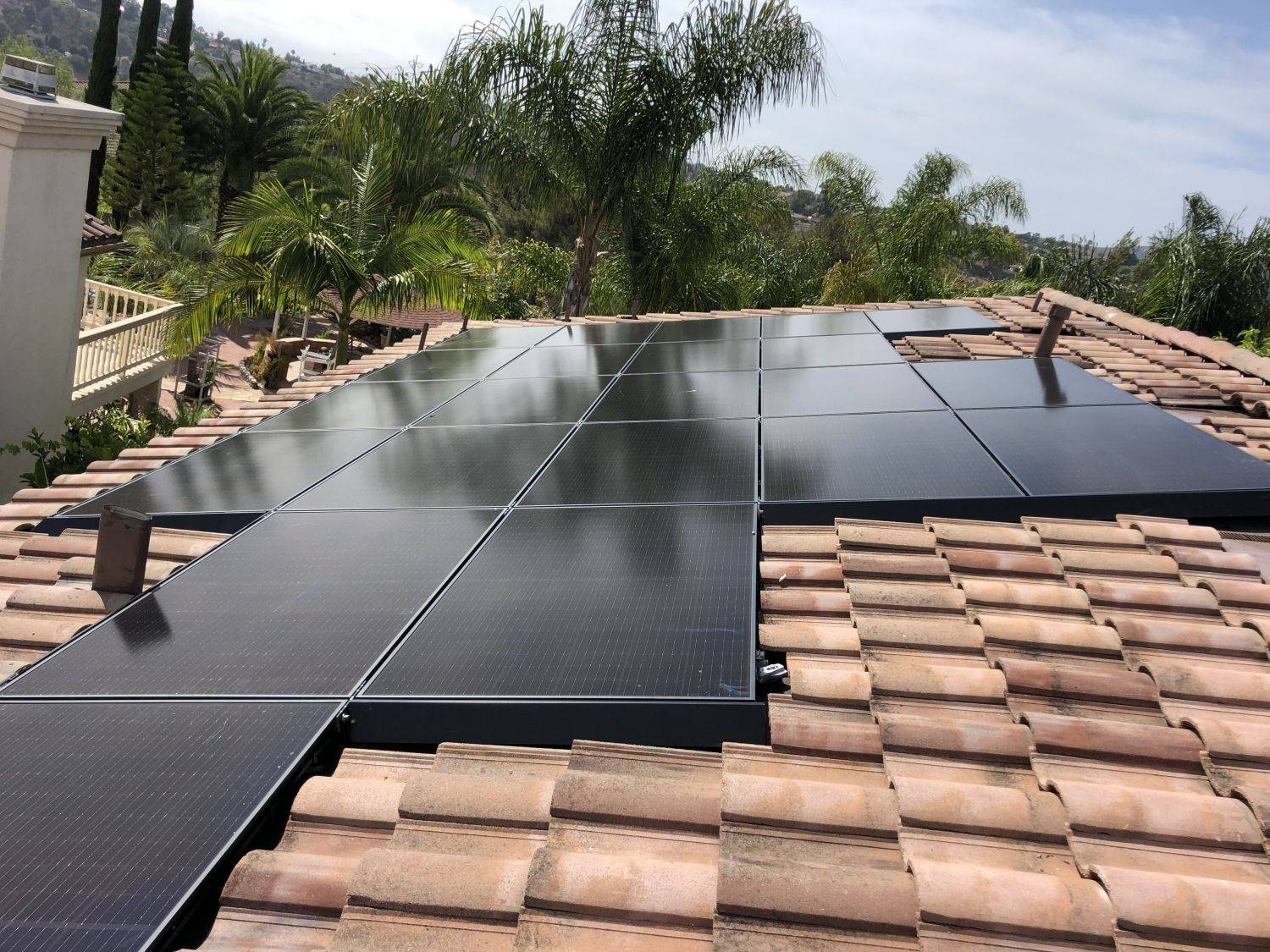
If you are thinking about installing solar on your roof, it is best to schedule a roof inspection before you make a decision to proceed with a solar contractor. PV Solar Systems should last about 25 years, so you want to ensure the roofing underneath the solar panels will last the same amount of time.
Most solar companies are not willing to come out to the job for two visits, although it is the best option for the homeowner. Solar companies’ main competitor is the company you pay your electricity bill to, and their main goal is to beat the electric companies prices. Two visits can increase their cost so typically they would just like to do one visit. Two visits is the best option for the homeowner because the solar legs/mounts need to be installed on the rafters of the home or property to be able to be supported properly.
Once the roof is torn off to the plywood it is easy to see where the rafters are located. This two visit process is to have the solar contractor come out to install the legs/mounts when the roof is torn off. The roof will then be installed by the roofing contractor with proper flashing around the leg/mounts, 1 flashing per leg/mount for shingle roofs or 2 flashings per leg/stanchion/mount for tile roofs. Then the solar company comes back out to install the solar panels.
Some solar contractors will install panels on a roof that will only last 10 years, meaning you would have to remove them to replace the roof, then have the panels reinstalled. This can cost the homeowner or property owner thousands to remove and reinstall the system. Solar companies will charge the property owner to provide this service.
Additionally, you want to make sure the mounting/racking system that is installed has flashings.A flashing, also known as a roof jack, is a metal that prevents water intrusions by directing water away from the penetration. They are commonly manufactured with a collar to make a seam higher than the roof level.
The primary reason you would need flashing on your roof is because on pitched roofs of 4/12 or (18.43°, 33.33 %) and above, roofs are built for water shedding products such as shingles, slate, shake, or tiles. All of these systems are manufactured to shed water. They are not waterproof membranes as you would have on flat roofs. Water shedding products rely on overlapping material to help shed water off of the roof. Flashings are also needed around pipes and penetrations to help shed water off of the roof.
Brackets are screwed into the roof shingle, tile, or slate etc. and provide only sealant to fill the hole of the screw. Sealant shrinks throughout weather exposure and eventually becomes brittle. Since the penetration is actually on the roof line water will find a path easily. A solar leg/stanchion/mount brings the joint higher than the flow of water. You still want to apply sealant to the joint however, since the penetration is above the flow of water the chances of water making its way into your home are less.
Some solar companies try to convince the homeowner to lean towards bracket mounts or don’t even mention the racking system at all. Bracket mounts require only 1 visit and that is why they would prefer using bracket mounts. When we receive a request to install the roof we let the homeowner know that we require stanchions/legs on our roof. A common response we receive when we work with solar companies is that the bracket manufacturer they use has a 25 year warranty, and that the brackets have a rubber gasket to prevent water intrusions. However, as a roofing contractor we have seen how long a rubber can hold against UV rays, weather and heat.
Even if there is a rubber gasket at the bottom of the bracket, the rubber will crack as seen above. Yes the manufacturer may have a 25 year warranty, unfortunately the most bracket manufacturers the only cover is their product meaning the bracket itself. Not the labor. Your home will still have a water leak and will still have to be fixed which will cost extra money. Manufacturers do not cover labor or damage.
Common practice here in San Diego or southern california is solar companies are installing brackets as opposed to using a solar stanchion with a flashing.
